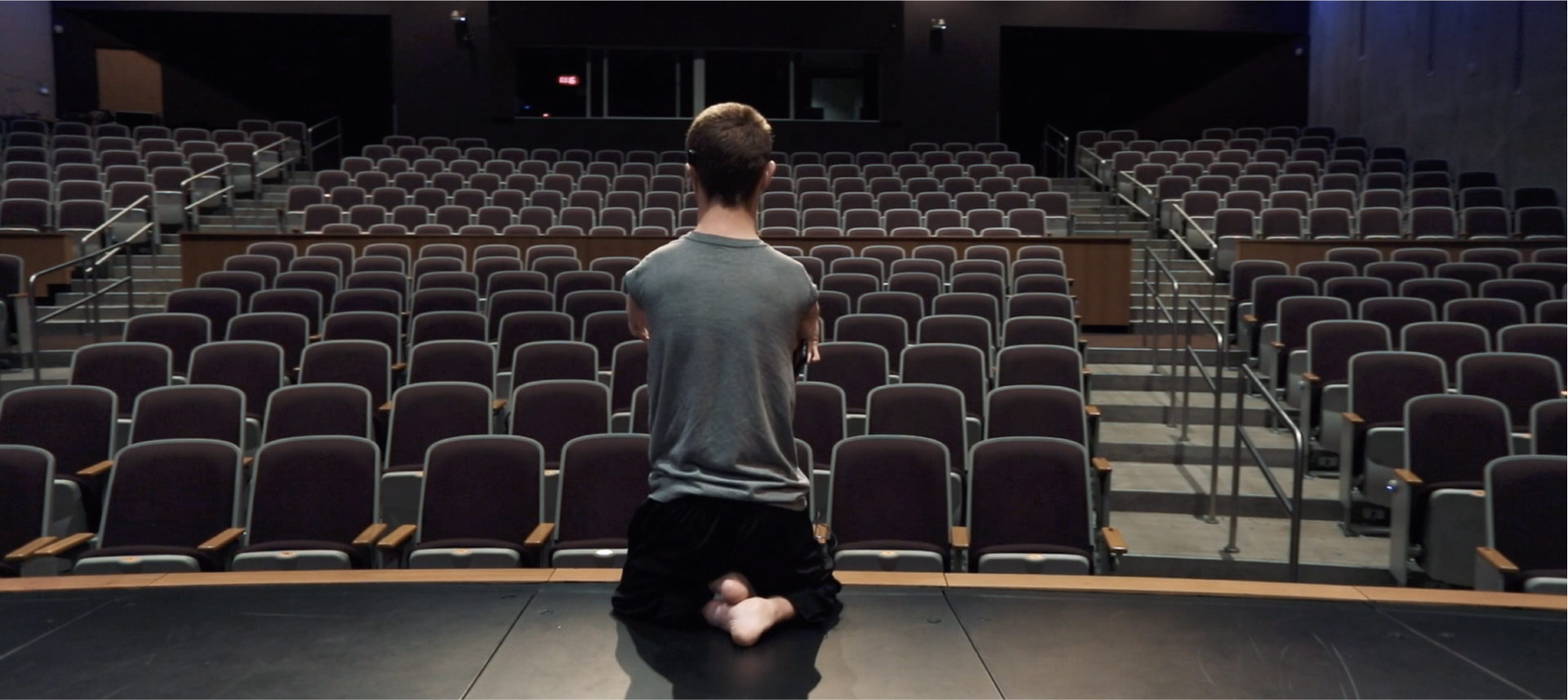
HIS STORY
When I was in kindergarten, there was a day when my mom dropped my older brother and I off for school. I remember he jumped out of the van and sprinted towards the play ground. Still not understanding that I was always going to have short arms and legs that don’t straighten, I looked at my mom and told her that I wasn’t taking my wheelchair that day. With a shocked look on her face she asked me, “what do you mean?” I told her that I wanted to run onto the playground just like my older brother. She then began to explain to me that my arms and legs were not going to grow like an able bodied person. I remember being just as shocked as my mom because that was the first time in my life I realized that I was disabled. After crying together in the van and weeks of talking about what that meant, I started to embrace my disability. I began to look at myself not someone who couldn’t do things but could do things – just a little differently. I started being able to live my life as Gabe Murfitt was intended to. Not someone who was stuck in a wheelchair but how I wanted live. As I got older and understood what kids would say to me I had to work through those feelings of anger and sadness but, because of how I have been able to look at myself I have been deal with those feelings in a positive way.
While in high school I was never bullied but I was ignored. This time in my life was probably one of the hardest mountains I have climbed because I truly felt left out due to my disability. For a moment there was no way around it. I couldn’t change who I was physically. Then I realized that I wasn’t the only person who was being ignored. There were kids who wore glasses, had crazy haircuts, or maybe didn’t fit the “athletic” mold who were being left out because they were a little bit different. That’s how I could change the situation – by raising awareness for all kids, helping people understand we are all different and that is 100% ok! It was then that knew I wanted to go into other schools and help the student bodies understand, embrace differences, and for students and adults to be completely ok in the skin they are in, just like I have learned to appreciate for myself.
FOCUSING PURPOSE
My very first speech was in front of 2,000 students, at the age of 13. I was asked to speak for a non-profit assembly program about what it meant to be different. I remember when we were all done almost the whole school came down on to the floor to thank me, as well as some of the other members of the program. There was a student who came up to me with a sharpie and a few signatures on his arm and he asked me to sign his arm. I said to him, “don’t you know that’s going to wash off when you get home?” He looked at me and told me that I had made such an impact on him that he wanted to remember me for as long as he could before he got home. I speak to thousands of kids at a time. Because of that student 15 years ago I always have one thought before I start. Who is the one? Who is that one kid that needs what I am talking about so they don’t give up. Just about every school I have been to I have heard from that student who needed it. One kid, one moment, one time is all it takes. That is why I do what I do.
INSPIRING PURPOSE
When I was in high school, I battled depression and self-doubt. It was one of the hardest things I have dealt with. As I have been able to work through those feelings and overcome some of those issues, I see that depression has an impact on a lot of people, especially high school students. I have had students and staff tell me that they’ve seen growth in how they view themselves after having me speak to their school. Students have also said that they want to reach for their goals no matter how big they might be. Creating a generation of proactive students is something that I think is very important. There have been countless stories of students becoming proactive with their goals no matter what their situation may be.
GETTING NOTICED
BEEN FEATURED ON




